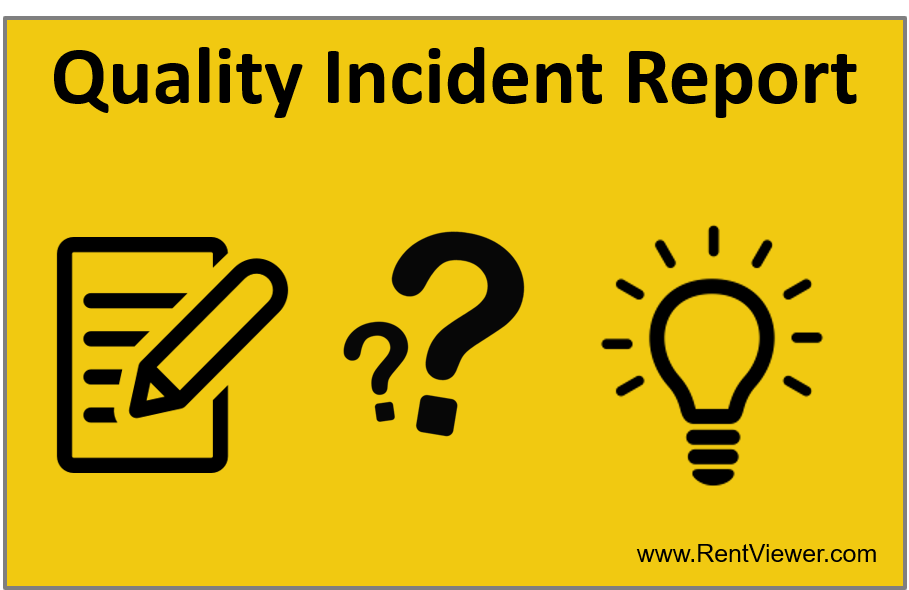There is no magic wand that can make your team start performing flawlessly. Getting to the point where your team consistently produces the outcomes your customers expect takes sweat and leadership. One of the tools that can help you reach high levels of performance is the Quality Incident Report.
And, if you frequently find yourself in fire-fighting mode, this might be your ticket out.
What is a Quality Incident Report?
A Quality Incident Report documents mistakes, surprises and situations where “the ball was dropped”.
In the Process Improvement Toolkit, I call them “process defects”.
Any mistake or surprise that can be treated as a learning opportunity belongs in a Quality Incident Report. Any situation where your “system” fails to meet customer expectations is an “incident” that should logged. These reports become a wide-ranging collection of that situations you don’t want repeated. They are reviewed by the team for Root Cause Analysis and process improvement.
At a minimum, the report should capture what happened, what was the root cause, and what should be done to prevent such situations from happening in the future.
Examples Property Management Problems
Here are examples of incidents that should be recorded in a Quality Incident Report:
Lead Management Quality Incidents
- Leads not responded to
- Leads responded too late
- Leads not captured in system
- Unit not ready for walkthrough when prospect arrived
Unit Turnover Quality Incidents
- Turnover activities not scheduled in advance
- Pre-Moveout walkthrough not performed
- Turnover related expenses not recorded in system
- Move-in date rescheduled due to delays in turnover completion
- Pre-Approval for expenses not requested
Create a culture where admitting mistakes is encouraged
Leadership Matters
Employees will not fill out Quality Incident Reports if they feel there will be retaliation for admitting mistakes. Your team will log events in Quality Incident Reports only if you have created an environment where people feel part of a team that is striving to learn from one another and raise the overall performance.
Keep It Simple
Incident reports are commonly used for reporting safety related issues to government departments such as OSHA or the Federal Aviation Administration. Search on Google and you will see complex templates. You don’t want that!
Filling out a Quality Incident Report should take no more than 5 minutes. It should be easily accessible (a SharePoint form, a Google Sheet, or even notepad and ballpoint pen will be sufficient). Keep it simple. Ask: What happened? What was the root cause? How can it be prevented from happening again?
See this example.



